We may earn money or products from the companies mentioned in this post. This means if you click on the link and purchase the item, I will receive a small commission at no extra cost to you ... you're just helping re-supply our family's travel fund.
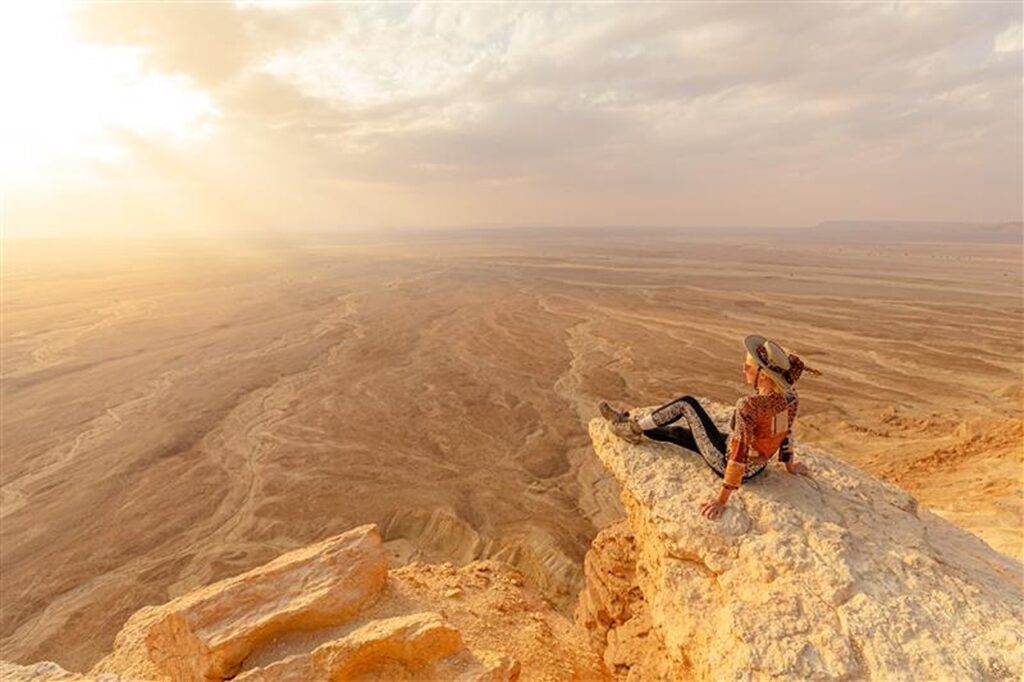
Saudi Arabia is shedding its image of being solely a pilgrimage destination and revealing its incredible potential as a traveler’s paradise. With Vision 2030 opening the Kingdom to global tourism, visitors are discovering a land of dramatic deserts, Red Sea coastlines, ancient ruins, and futuristic architecture. Whether you’re after heritage, natural beauty, or cultural immersion, these 14 must-visit attractions offer a rich taste of Saudi Arabia’s past, present, and bold new future.
1. AlUla and Hegra (Madain Salih)
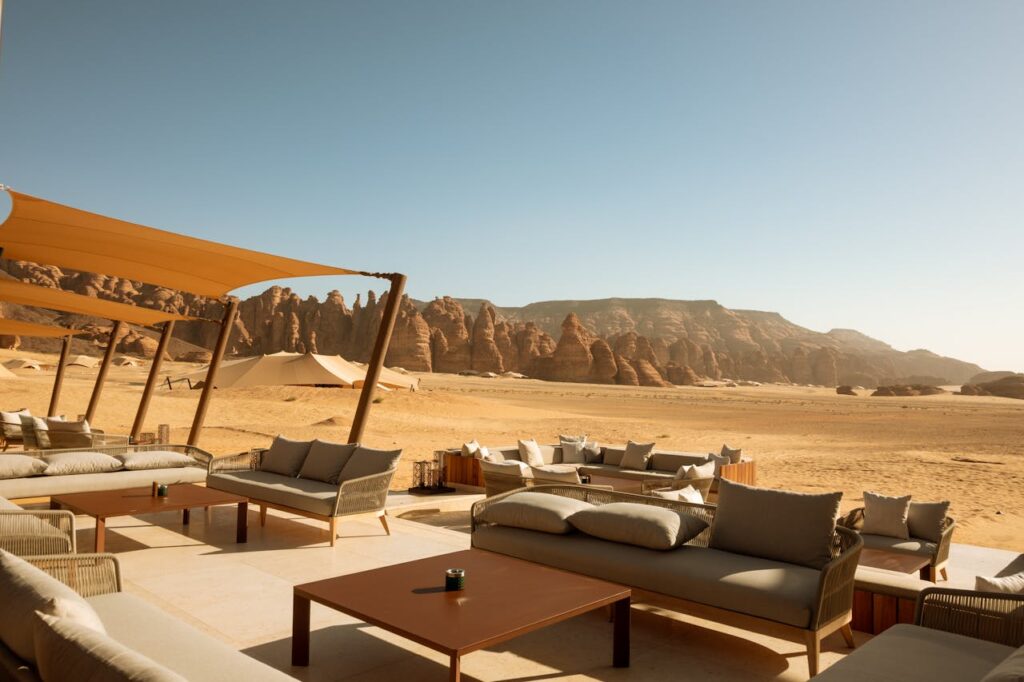
Hidden in the northwestern desert, AlUla is a surreal combination of ancient history and modern luxury. Its crown jewel, Hegra, is Saudi Arabia’s first UNESCO World Heritage Site and home to over 100 intricately carved Nabatean tombs—many dating back to the 1st century AD. These tombs rival Petra in Jordan but without the crowds. Wander through timeless canyons, marvel at rock art and inscriptions, or enjoy immersive events and stargazing from luxurious desert resorts. AlUla isn’t just a place—it’s a feeling of walking through time.
2. The Edge of the World (Jebel Fihrayn)
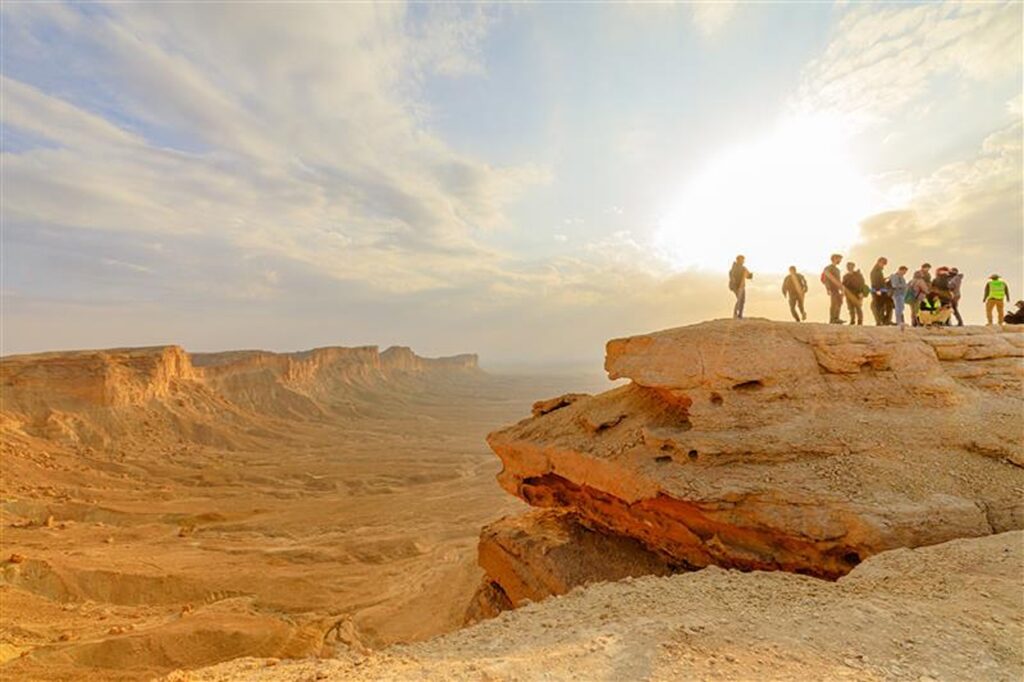
A jaw-dropping natural wonder located just outside Riyadh, the Edge of the World offers sweeping views from the top of towering cliffs that abruptly plunge into the vast desert floor. The experience is both humbling and meditative—standing here makes you feel like you’re peering out at infinity. Popular for hiking, picnicking, and photography, it’s a must-see for outdoor lovers. Be sure to catch the sunset for a fiery, unforgettable view as the rocks glow under the desert sky.
3. Masmak Fortress, Riyadh
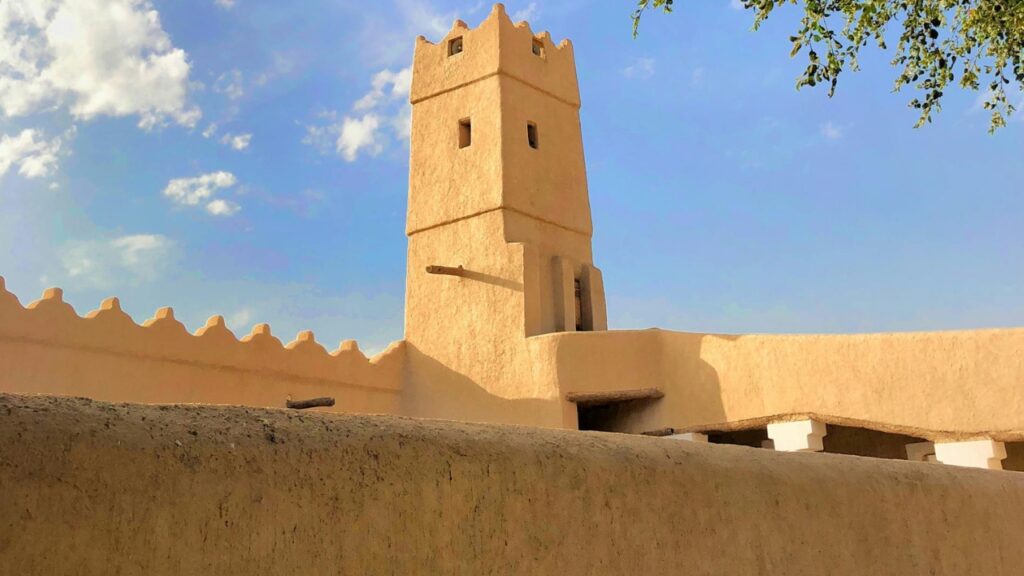
Step into the story of Saudi Arabia’s founding at Masmak Fortress, a mud-brick citadel in the heart of old Riyadh. This 19th-century structure played a key role in King Abdulaziz’s capture of Riyadh in 1902—a pivotal moment in the unification of the Kingdom. Today, it houses a museum filled with traditional weapons, photographs, and maps. Walk its thick walls, learn about the early Saudi state, and appreciate how this humble fortress became a cornerstone of national identity.
4. Diriyah (At-Turaif)

Often called the birthplace of the Saudi Kingdom, Diriyah is a UNESCO-listed district that dates back to the 15th century. Located just northwest of Riyadh, it’s being transformed into a cultural and lifestyle destination under Vision 2030. Explore its mudbrick architecture, restored palaces, and winding alleyways. Stop by the Diriyah Museum to understand the roots of the Al Saud dynasty. The area is also home to charming cafés and cultural events that bring history vibrantly back to life.
5. King Abdulaziz Center for World Culture (Ithra), Dhahran
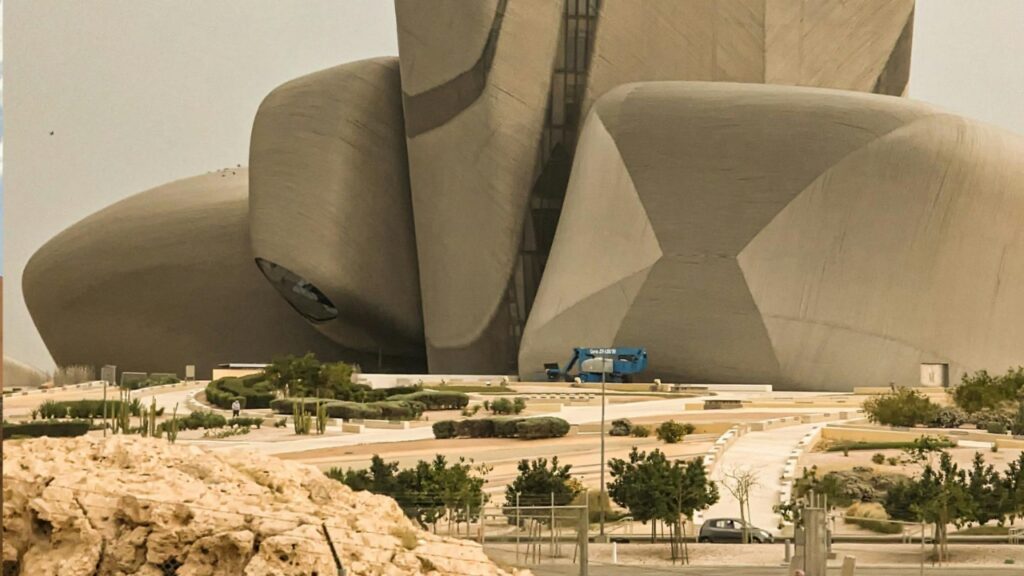
Located in the Eastern Province, Ithra is a symbol of Saudi Arabia’s modern identity. This strikingly futuristic building houses museums, a library, cinemas, and galleries—all under one roof. Designed to be a space for creativity and learning, Ithra celebrates local culture and global ideas alike. Attend film screenings, explore science exhibits, or enjoy interactive installations. With its mix of tradition and technology, it’s a cultural powerhouse not to be missed.
6. Jeddah’s Historic District (Al-Balad)

Al-Balad is Jeddah’s soul—an atmospheric maze of coral stone houses, vibrant markets, and wooden latticed balconies called rawasheen. This UNESCO-listed area once welcomed pilgrims arriving by sea. Today, it remains a living testament to the city’s rich trading history. Wander its alleys, snack on street food, or explore restored merchant homes. In the evening, Al-Balad transforms into a lantern-lit wonder, with artists, storytellers, and pop-up cafés giving the space new life.
7. The Red Sea Project
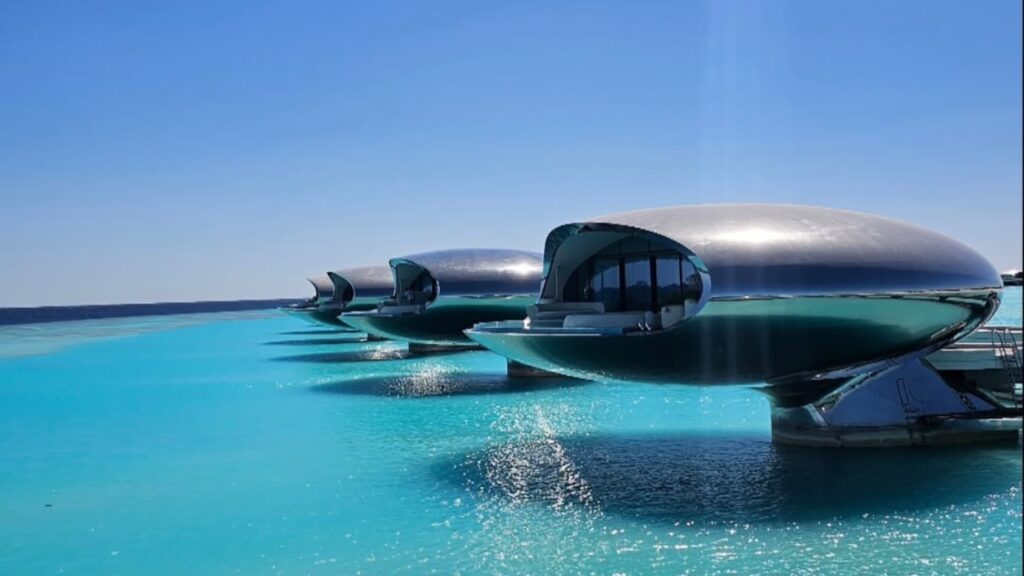
Still unfolding but already iconic, the Red Sea Project is one of the world’s most ambitious eco-tourism developments. Set along Saudi Arabia’s pristine western coastline, it will eventually encompass over 90 islands and marine reserves. Visitors can already explore some pilot resorts and beaches. Think private snorkeling trips through coral reefs, diving adventures, and sunset cruises. It’s luxury meets sustainability—offering exclusive access to one of Earth’s last untouched marine ecosystems.
8. Abha and the Asir Mountains
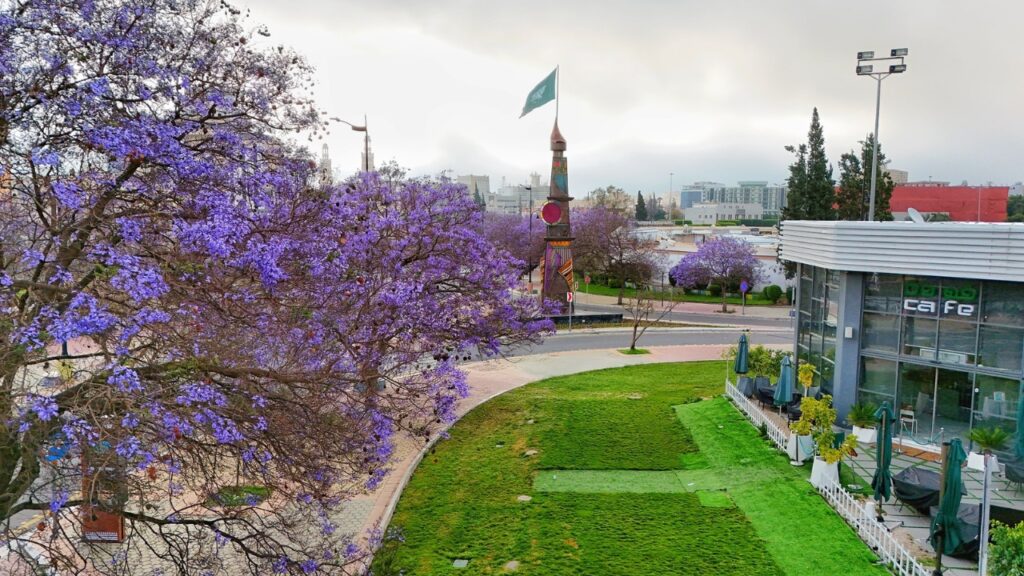
Southern Saudi Arabia defies expectations with its cool climate, misty peaks, and lush greenery. Abha, the region’s capital, is perched high in the Asir Mountains and brims with color—from its flower-crowned locals to brightly painted homes. Ride the Al Soudah cable car, trek scenic trails, or explore traditional markets. Don’t miss Rijal Almaa, a historic village with rainbow-colored stone houses. The region also hosts the annual “Flowerman Festival,” a dazzling celebration of tribal heritage.
9. Maraya Concert Hall, AlUla

In the heart of the AlUla desert stands Maraya, the world’s largest mirrored building. This architectural marvel reflects the surrounding cliffs and sky so perfectly, it seems to vanish into the landscape. Inside, it’s a cutting-edge venue for art exhibitions, music performances, and international conferences. Legends like Andrea Bocelli and Alicia Keys have performed here. Visiting Maraya feels like stepping into a futuristic oasis—where culture and innovation meet the timeless desert.
10. Taif
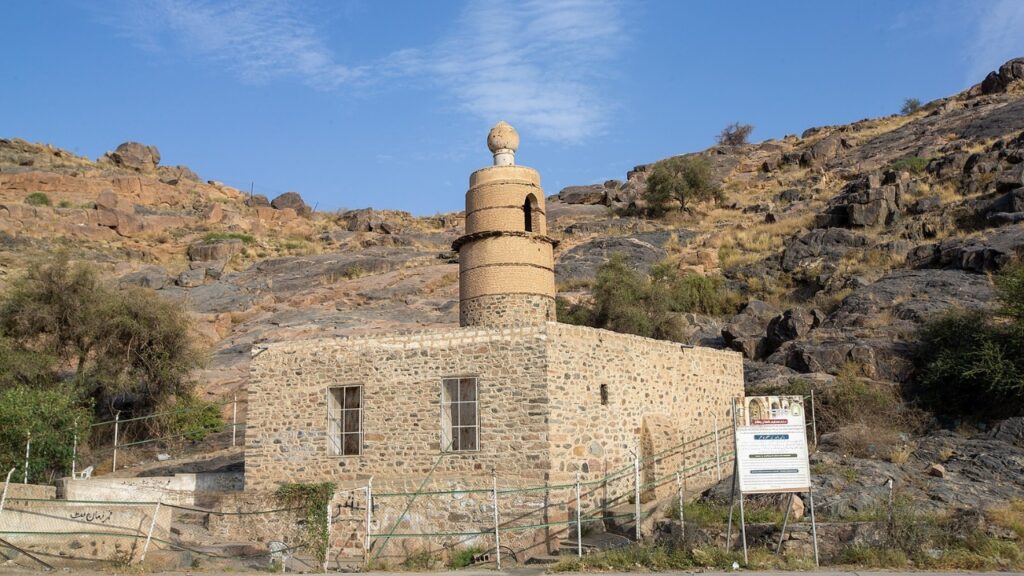
Located on a plateau above Mecca, Taif offers a pleasant climate, mountain views, and blooming rose gardens. It’s especially popular during summer when Saudis escape the heat. Visit the famous Rose Factory to see how damask roses are distilled into perfumes. Explore bustling souks, tour Shubra Palace, or ride the Al Hada cable car. Taif also plays host to vibrant festivals that celebrate local culture and traditional crafts—making it a true cultural and sensory escape.
11. Umluj (The Saudi Maldives)
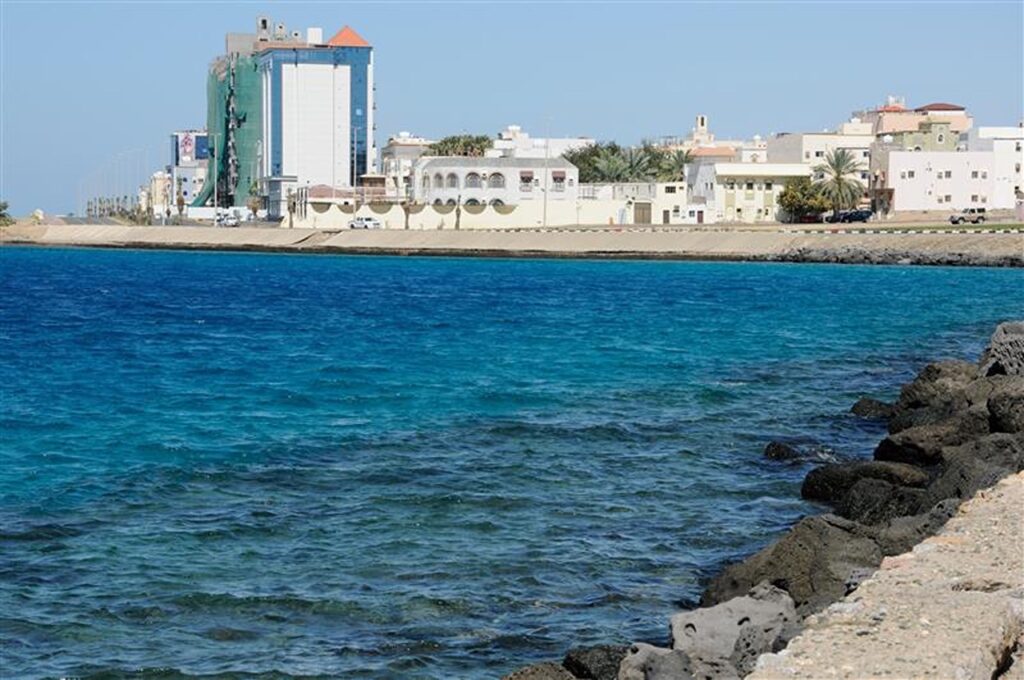
Turquoise waters, soft sands, and an archipelago of small islands have earned Umluj its nickname: the Saudi Maldives. Located on the Red Sea, it’s a rising star among beach lovers and eco-tourists. Snorkeling here reveals vibrant coral reefs and friendly dolphins, while boat tours offer island hopping without crowds. It’s ideal for travelers seeking a tranquil slice of paradise, far from the bustle of traditional resort cities. Expect serenity, seclusion, and sea turtles.
12. Al-Ahsa Oasis
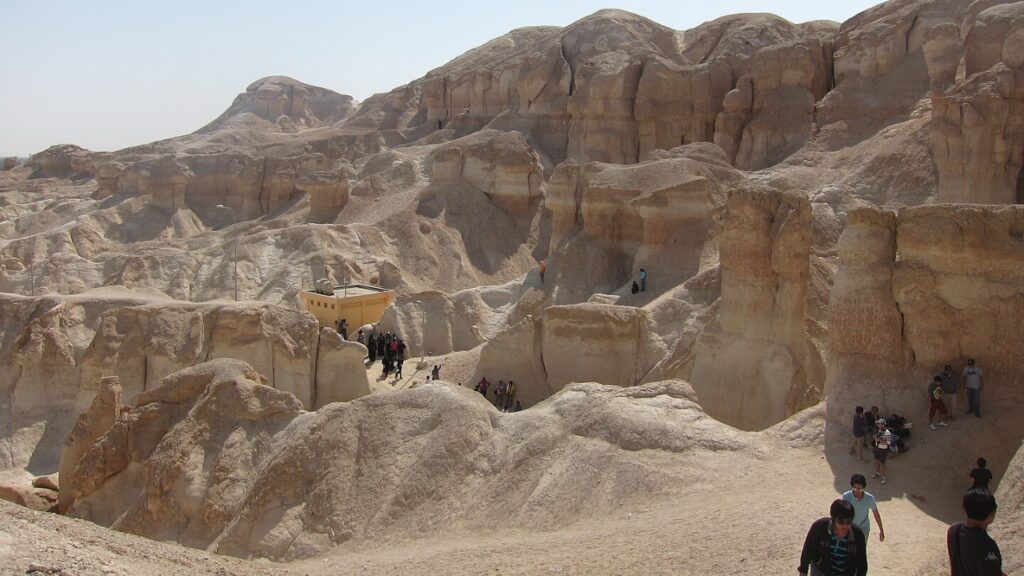
One of the world’s largest oases, Al-Ahsa is a green jewel in the Eastern Province’s desert. With over 2.5 million palm trees, it offers a landscape like nowhere else in the Kingdom. It’s also home to hot springs, caves, ancient mosques, and the Qara Mountain range. Recognized as a UNESCO World Heritage Site, Al-Ahsa is rich in agricultural history and Bedouin culture. Explore the maze-like souks, sip fresh date juice, or relax in the shade of centuries-old palms.
13. Rijal Almaa Heritage Village
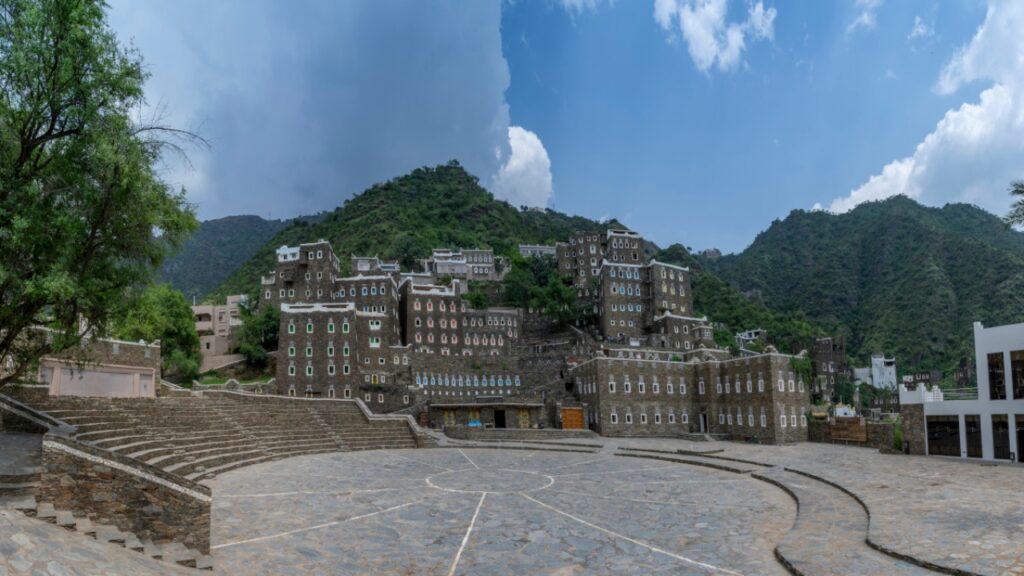
Tucked in the Asir Mountains, Rijal Almaa is one of Saudi Arabia’s most picturesque historic villages. Once a vital stop on ancient trade routes, it’s now a showcase of unique stone architecture and colorful frescoes. Many buildings have been transformed into small museums or cultural centers. Locals proudly maintain their customs, making it one of the best places to experience authentic southern Saudi culture. The village is a living gallery of heritage and hospitality.
14. Mecca and Medina (for Muslim Visitors Only)
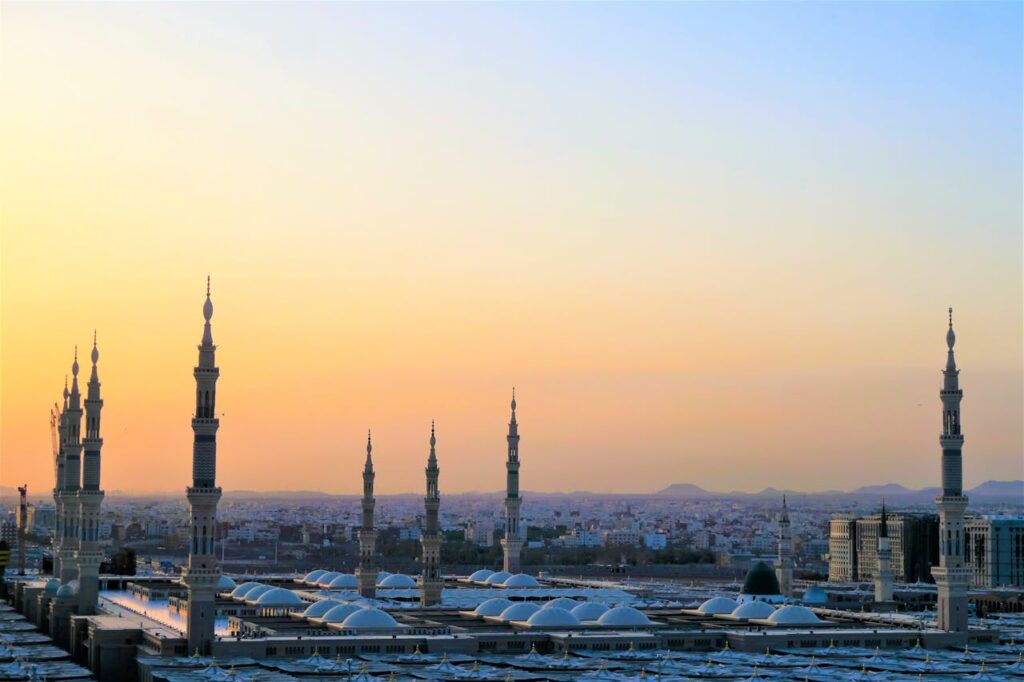
For Muslims, Mecca and Medina are the heart of spiritual life. Mecca is home to the Kaaba within Masjid al-Haram, the most sacred site in Islam. Medina holds Al-Masjid an-Nabawi, where Prophet Muhammad is buried. Millions visit annually for Hajj and Umrah, experiencing profound devotion and unity. While access is restricted to Muslims, these cities remain globally significant as centers of faith, peace, and history.